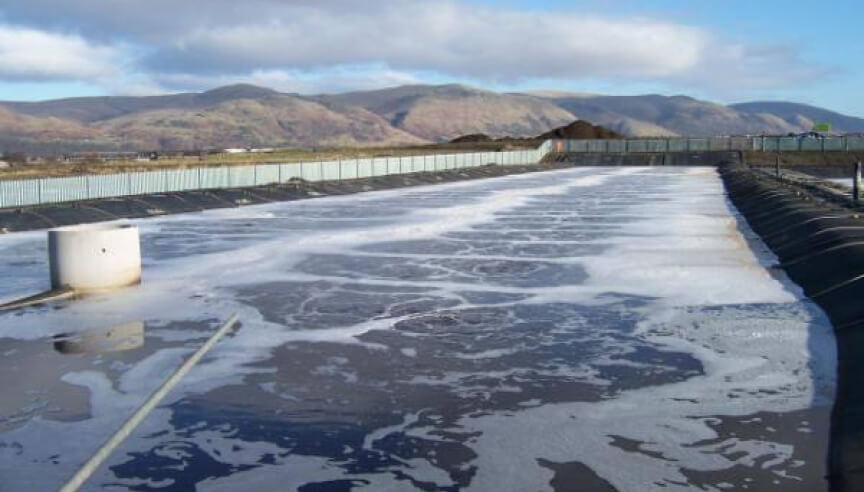Recent Posts
Removal of Iron, Manganese, and Arsenic from Water

Removal of Iron, Manganese, and Arsenic from Water by Oxidation through Aeration and Subsequent Filtration
Introduction
The presence of iron, manganese, and arsenic in water sources poses significant challenges for water quality and public health. These elements, often found in groundwater, can cause discoloration, undesirable taste, and severe health risks, particularly with prolonged arsenic exposure. Traditional methods for removing these contaminants involve various chemical and physical processes. However, oxidation through aeration followed by filtration presents an effective and environmentally friendly approach. This paper explores the mechanisms, advantages, and considerations of this treatment method.
The Chemistry of Oxidation and Aeration
Oxidation by aeration utilizes oxygen from the air to convert dissolved iron, manganese, and arsenic into insoluble forms that can be physically removed through filtration. When water is exposed to air, oxygen facilitates the oxidation of ferrous iron (Fe²⁺) to ferric iron (Fe³⁺), which precipitates as ferric hydroxide. Similarly, manganous manganese (Mn²⁺) oxidizes to form manganese dioxide (MnO₂). Arsenic removal is more complex, as arsenite (As³⁺) must first be oxidized to arsenate (As⁵⁺), which can then adsorb onto the iron and manganese precipitates or directly precipitate under certain conditions.
Design and Operation of Aeration Systems
Effective aeration requires optimized contact between air and water to maximize oxygen transfer. Common aeration techniques include cascade aerators, diffused aeration systems, and packed tower aerators. The design must ensure sufficient oxygen saturation and adequate residence time for complete oxidation. Parameters such as pH, temperature, and initial contaminant concentrations critically influence the efficiency of the oxidation process. In many cases, pH adjustment is necessary to facilitate the oxidation of manganese and arsenic, as higher pH levels promote more effective oxidation.
Filtration Techniques Following Aeration
Once oxidation precipitates the contaminants, filtration serves to physically remove the solid particles. Rapid sand filters, granular activated carbon filters, and multimedia filters are commonly used. The choice of filtration medium depends on the specific contaminants and operational requirements. In cases where arsenic is present, the use of iron-based filtration media enhances arsenic adsorption and removal. Regular backwashing of filters is essential to maintain efficiency and prevent clogging.
Factors Influencing Removal Efficiency
The success of the oxidation and filtration process depends on various factors, including water chemistry, system design, and operational conditions. The presence of competing ions, such as phosphate and silicate, can inhibit arsenic adsorption, while low dissolved oxygen levels can limit oxidation rates. Additionally, the oxidation of manganese typically requires higher pH levels and longer contact times than iron. Continuous monitoring and periodic system adjustments are necessary to maintain optimal performance.
Environmental and Economic Considerations
Oxidation by aeration is an environmentally friendly method as it minimizes the need for chemical oxidants and reduces chemical waste. However, it generates sludge from the precipitated contaminants, necessitating proper disposal. Economically, aeration systems offer cost advantages in terms of lower chemical use and operational simplicity, though initial capital investment and maintenance costs must be considered.
Conclusion
The removal of iron, manganese, and arsenic from water through oxidation by aeration followed by filtration is a proven and sustainable treatment method. Its effectiveness depends on careful system design, appropriate operational parameters, and ongoing management. With the right conditions, this approach can provide safe and high-quality water while minimizing environmental impact and operational costs.
